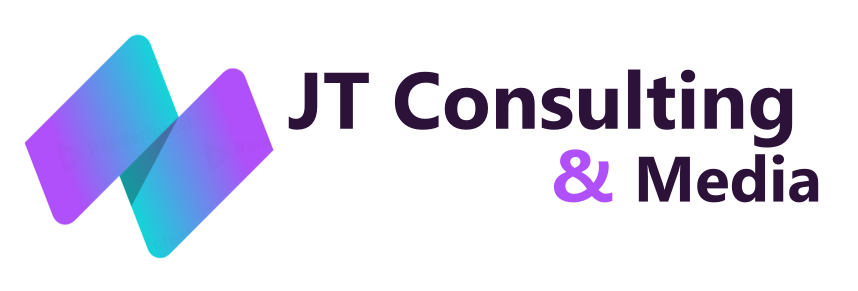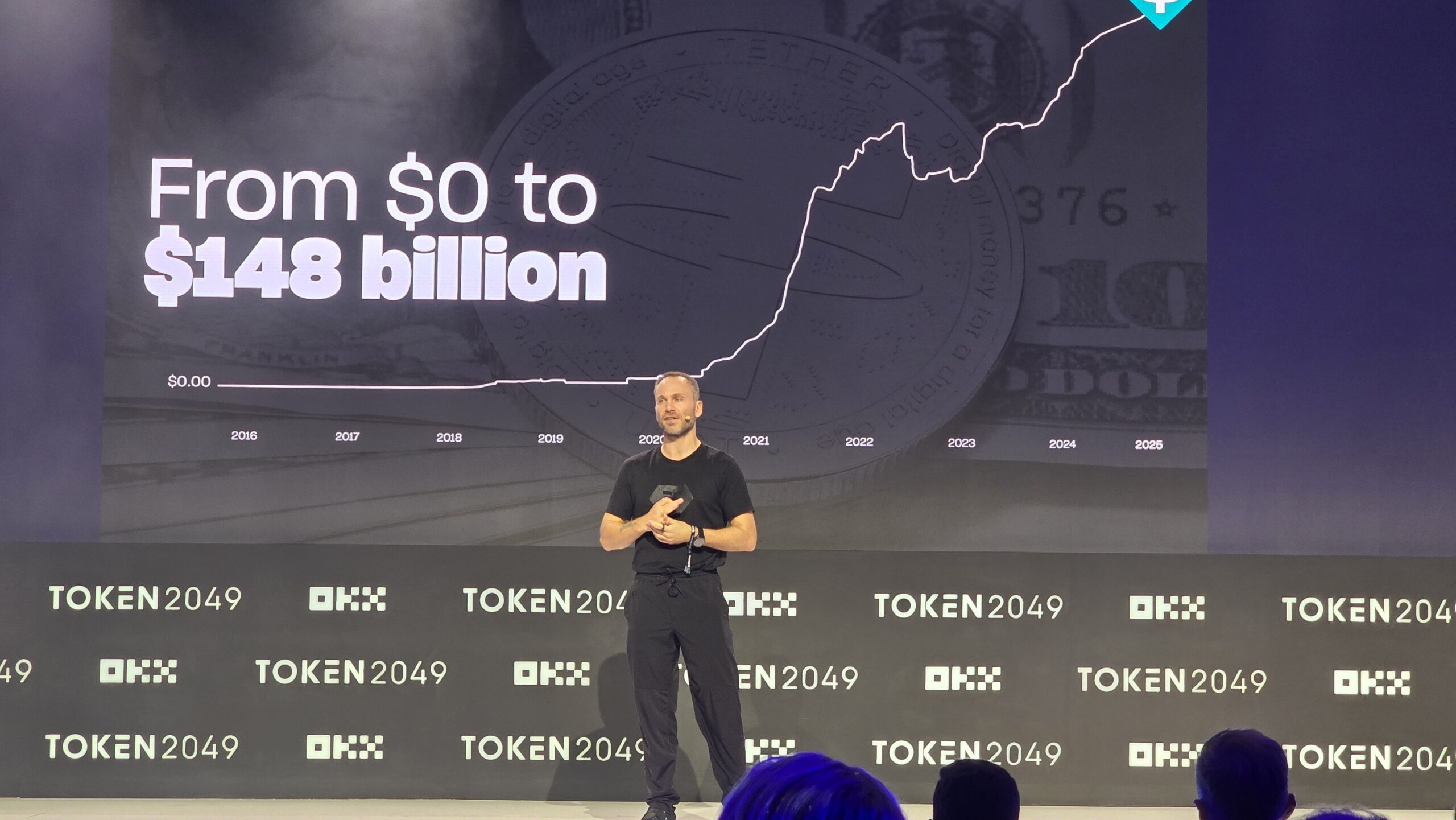Dubai, UAE, Token 2049: Paolo Ardoino, CEO of Tether, recently delivered a candid and ambitious assessment of his company’s role in the global financial system. Framed as “a once-in-a-century company,” Ardoino’s talk explored Tether’s origins, its staggering growth, and its philosophy of leveraging profits to build resilient, open infrastructure for a changing world.
From Humble Beginnings to Global Scale
Tether, founded in 2014, pioneered the stablecoin industry by introducing a digital dollar that could move freely across blockchains. What began as a niche experiment is now a behemoth: Tether’s USDT stablecoin has surpassed $148 billion in circulation, with a user base spanning over 400 million people-particularly in emerging markets where access to dollars is often restricted or unreliable. Ardoino emphasized that this growth was not engineered from the top down but was driven organically by real-world demand for a stable, accessible digital dollar6.
A Relentless Focus on Stability and Resilience
Tether’s business model is simple but powerful: for every USDT in circulation, there is a corresponding dollar (or equivalent) in reserve. This approach has allowed Tether to operate much like a bank, generating revenue from the interest on its vast reserves while providing users with a stable, reliable digital asset. Ardoino revealed that Tether has generated around $20 billion in profits over the last two and a half years, and-crucially-has retained more than 90% of those earnings within the company. This decision, he argues, is what sets Tether apart from traditional firms that prioritize shareholder payouts:
“If we distributed that money, we couldn’t do any of this stuff. Instead, having that vital buffer outside the reserves allows us not to worry about making something profitable tomorrow. We want to use the opportunity in the best way possible to build things we think make sense.”

Building for the Future: Investments and Innovation
Rather than simply maximizing profits, Tether is reinvesting in long-term initiatives that Ardoino believes will make humanity more resilient and independent. These include:
- Bitcoin Mining and Energy Infrastructure: Tether is investing in sustainable mining operations powered by hydro and geothermal energy in Uruguay and El Salvador, aiming to secure the Bitcoin network and foster energy independence.
- Open-Source Technology: Ardoino’s “moonshot division” is developing tools like Keet, a peer-to-peer video calling app, and Moria, a communications protocol for managing mining infrastructure. These projects are designed to be open, censorship-resistant, and accessible to all.
- Financial Inclusion: By focusing on developing regions, Tether aims to provide financial tools to those excluded from the traditional banking system, enabling savings and payments in stable dollars even in countries with high inflation or weak currencies.

A Philosophy Rooted in Bitcoin and Openness
Ardoino describes Tether’s ethos as fundamentally “Bitcoiner”-prioritizing decentralization, transparency, and user empowerment over short-term gains. The company’s leadership is intentionally lean and private, allowing for nimble decision-making and a long-term vision that public companies, beholden to shareholders, often lack. Ardoino insists that Tether’s goal is to build technology that “everyone can use,” making it difficult-if not impossible-for the company to act against the interests of its users.
Facing Scrutiny and Shaping Regulation
Tether’s meteoric rise has not been without controversy. The company has faced persistent questions about the transparency and composition of its reserves, as well as allegations of facilitating illicit activity. Ardoino is now leading a charm offensive in Washington, meeting with lawmakers and regulators to advocate for clear, fair stablecoin legislation and to rebrand Tether as a responsible, cooperative actor in the U.S. market. Plans are underway to launch a U.S.-focused stablecoin tailored for institutional payments, further cementing Tether’s influence in the world’s largest economy.
Conclusion: Stability as a Public Good
Ardoino’s vision for Tether is not just as a profitable business, but as a foundational pillar for a more open, resilient global financial system. By reinvesting profits, fostering innovation, and prioritizing user empowerment, Tether aims to be a stabilizing force in an uncertain world-a company that, in Ardoino’s words, “is only born once in 100 years”.
As the stablecoin sector races toward a multi-trillion-dollar future, Tether’s approach-combining relentless pragmatism with a bold, almost philanthropic mission-may well define the next era of digital finance.
For more information, please visit the following:
Website: https://www.josephraczynski.com/
Blog: https://JTConsultingMedia.com/
Podcast: https://techsnippetstoday.buzzsprout.com
LinkedIn: https://www.linkedin.com/in/joerazz/


Leave a Reply
You must be logged in to post a comment.